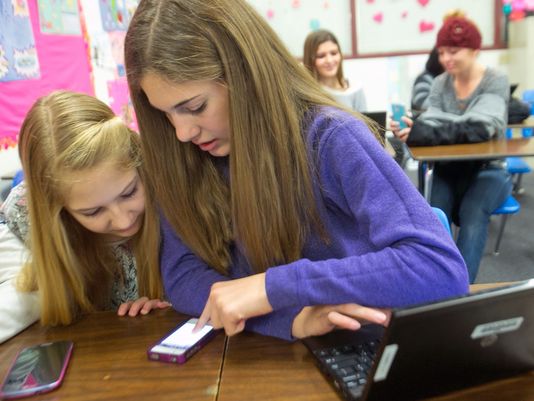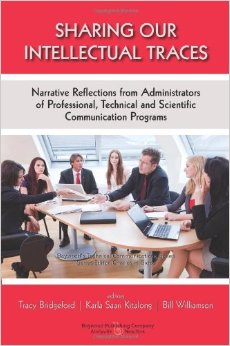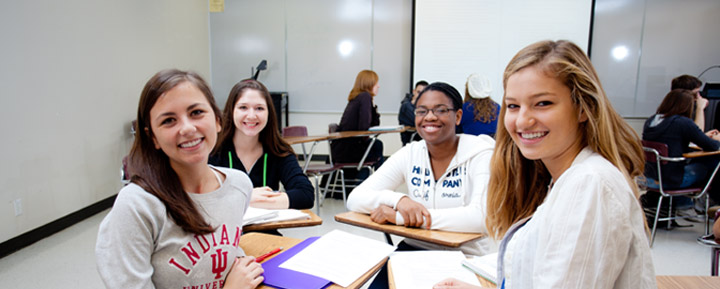This satirical article appeared on Nick Carbonne’s blog, Odds and Ends, on December 4, 2014. Nick is the Director of Teaching and Learning for the Bedford/St. Martin’s imprint of Macmillan Education. His previous academic affiliations include Colorado State University, Marlboro College, UMass-Amherst, Lyndon State College, and Boston College.
We normally think of writing as a very labor-intensive process. During busy times, how can we look like effective writers, without actually being effective? In Nick Carbonne’s cheeky post, he discusses tips and tricks for writing to appear effective – and perhaps some tricks that students may try to play on faculty as well. He notes, “On Tuesday I visited a community college in NYC for a meeting with faculty. On the way to the meeting room, we passed clusters of students waiting outside office doors, trails of students following faculty with beseeching eyes, and heard from later arriving faculty that they were delayed by students wanting last minute help, extra time, and all the fun stuff that comes as a semester winds down.”
So, for their sake and maybe yours too, here’s a list of tips and resources you can share w/ students to help alleviate their stress:
#worthassigning: How to Write Effectively without Really Trying
This is cross-genre advice. Feel free to use these tips when sending memos to your supervisor, e-mailing colleagues, working with an author who needs some help, drafting a personal ad, and other places and times when writing makes a difference but you are really too busy to give it much thought.
- E-Mail: End all e-mail with “Sent from my iPhone,” or “Sent from Blackberry.” Research shows that readers of messages with those auto-added advertisements forgive grammar errors and typos more readily: collision detection: Why people forgive your bad spelling in email “sent from my iPhone”
- Georgia, Georgia, the whole document through, just an old sweet font, keep Georgia on your mind, for better grades. How typeface influences the way we read and think – The Week
- If page length matters . . . Triple Space! Graphics!: http://www.homestarrunner.com/sbemail64.html
- Extortion, lying, and sudden endings: tips for getting readers to read: http://workableweb.com/_pages/tips_how_to_write_good.htm




